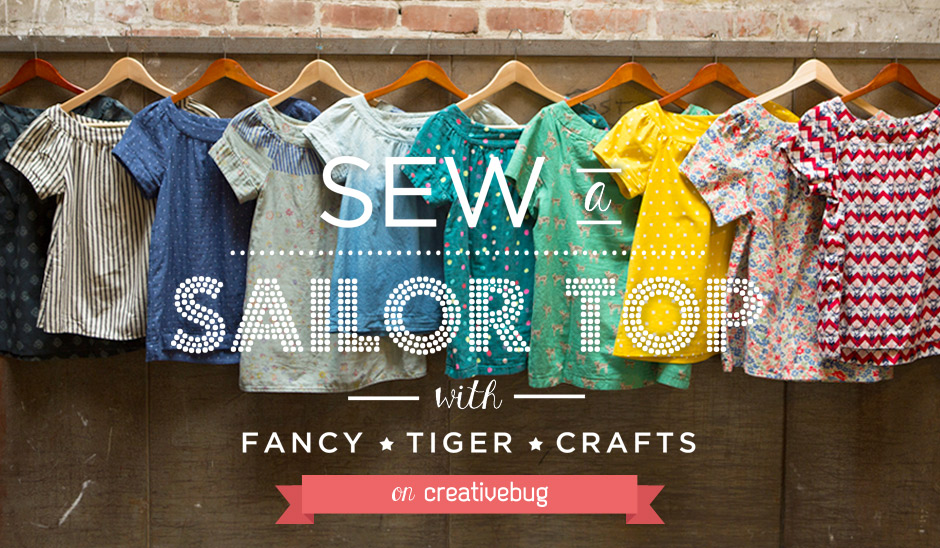It's time for another fabulous guest post for our Summer Sweater Knit Along! I'm beyond excited to have the insanely talented Tanis Lavallee of Tanis Fiber Arts here on the blog talking all about colorwork!!!
This subject comes up so much in our ravelry group and especially during our garment knit alongs. Colorwork can at first seem very intimidating but Tanis does an amazing job below demystifying it for us all. It's one of those things that at first can be scary and seem like a lot to learn but in all honesty, once you get going, it's fun and produces a high impact! I hope after reading Tanis's post you'll give it a try if you haven't already.
Tanis is a fabulous designer as well as the owner of one of my favorite yarn lines -
Tanis Fiber Arts. Color, depth & squish factor all add up to make some seriously drool worthy yarns! She's also got a beautiful blog where she shares her designs, style posts, knit alongs and more. Tanis is a long time friend and am I'm so thrilled to have her back again for the SSKAL. She's so inspiring and one of the nicest people I know. You can see her previous post on
"knitting with hand dyed yarns" here.
And now here's Tanis...
Ah colour, the more the better, am I right!? Obviously I love me some wonderful, colourful yarn and I find myself constantly drawn to projects that use multiples colours together. I just love all the options and seeing what an impact different colour pairings have on a pattern. So, with that in mind, I'm going to chat a bit about colourwork today. Don't be scared! I know lots of people get nervous thinking about working with more than one strand of yarn at a time, but I'm here to tell you that it's really nothing to be afraid of. One way to lighten the mental burden is to realize that most colourwork patterns are simple stockinette stitch. If you can knit cables, or lace, can turn the heel of a sock or can follow a chart then you can handle a colourwork project for sure.
So, first step: choosing colours. This is a topic that you are bound to over think but in my opinion there are really no rules. If you really want your motif to pop then be sure to select high contrast colours. Standing out dramatically isn't always the goal and sometimes a more subtle shift can be really beautiful too. One really good tip to judge the amount of contrast between your yarns is to snap a photo of the intended yarns and convert it to black and white. Looking at them as values will help to highlight the difference. In the example shown below we've got my
Snowfling Mitt knit up with the high contrast pairing of Natural and Garnet. Once converted to black and white the pattern still really pops - we know we've got a good amount of contrast here.
Remember how I said that there are no rules when it comes to choosing colours? Below is a photo of one of my very favourite colourwork projects, an
R&R Hoodie I knit for my son Rowan. When converted to black and white there is very little contrast between the three main colours of the sweater (in the b&w version you can't even tell that there is colourwork on the bottom!) but I love this sweater especially because of the subtle shift in tones. So don't let yourself get too caught up in the high contrast black and white trick - sometimes subtly nuanced knits are just the ticket!

The most daunting part of knitting with two colours at once is managing two strands of yarn. Some people will hold one strand in each hand and knit both english style and continental at the same time. I'm sure it takes a lot of practice but is probably pretty great once you get the hang of it. I. however, don't use that approach, I knit english style and simply drop colour A, pick up colour B, knit the stitches that I need to with colour B and then drop it to continue with colour A again. Both yarns are on my right side, I'll put one ball in back by my hip and the second ball more to the front by my knee and if the strands start to get twisted it's very easy to spot and untwist. Twisting and tangling yarns isn't a problem if you are consistent with where you pull your yarn from. If you always carry colour A under colour B, you won't have any problems.
Bonus tip! The colourway that you carry underneath will be the dominant colourway in your pattern. So if you have one shade that you really want to pop and the other that is more of a background colour, be sure to carry the star colour underneath!
When working any colourwork pattern, it's really all about the chart. Charts can look super intimidating, but the trick is to take it all one row at a time. Take the sweater pictured below for example. It looks rather complicated right? Five colourways, lots of intricate patterning, surely it must have been very difficult... Nope!
And here are the reasons why: there are two rules that I follow when designing colourwork charts. The first is the rule of sevens. If at all possible, I try never to go more than seven stitches without switching colours. Any bigger gaps make for very long floats, which can make achieving an even tension difficult. I'll sometimes stretch it to nine stitches, but seven is my benchmark. The second rule is to never use more than two colours per row. As soon as you start working with more than two strands at a time the amount of effort required to keep all your balls straight increases dramatically. You can achieve amazing multicoloured, multidimensional results without going to any trouble at all by sticking to this rule.
Lets talk about gauge. Gauge is a knitters best friend right? We talk about it for every single project! When it comes to colourwork projects, you might find that your gauge differs between your colourwork portions and your single colour portions. So in the case of a colourful yoked sweater like the
Byzantine Pullover shown above, you might find yourself having to change needle sizes to achieve a consistent gauge throughout your sweater. We tend to get too focused and knit stressfully tight when working colourwork. Relax and keep it loose! If your floats are too tight your work will pucker and won't lay flat.
So, now you've made your chart, have knit your lovely garment and are ready to sew in the ends. All those ends! There are lots of ways to sew in ends,
Jane highlighted a few in her lovely blog post earlier this month, but I've recently discovered a new-to-me way of weaving in ends that I absolutely love. I now use it for all of my projects, but find that it works especially well with colourwork. You know how the backside of colourwork is a thing of beauty in and of it's own right? Well, lovely as it may be I've always found it difficult to figure out where exactly to weave in the ends. Since you don't have the perfect backside of your stitches staring at you, but rather lots of floats blurring up your vision, where do you anchor in all those ends? The solution is to use a sharp darning needle and rather than weaving in and out of entire stitches, go directly through the plies of your yarn. The backside of your knitting will look a little less polished, but the side that really matters will look perfect! This trick really helps all those ends to kind of felt together and stay put, resulting in no ends poking through to the front. Yes!

Last but not least, lets chat blocking! When it comes to blocking my hand knits, I almost always choose to wet block. I can't remember the last time I considered a knit finished without a good soak-and-lay-flat-to-dry time. Your colourwork knits are no exception, they benefit greatly from a good wet block. You should block them just as you would any other knitting project (you'll marvel at how beautiful your stitches look and how clear your motif is after blocking. The colourwork pattern really emerges!) the only tip I have for this step is to be sure to soak your colourful knits in COLD water! Heaven forbid any of that gorgeous colour should run, cold water will go a long way to help keep the colour where it should be.
So, there you have it. Colourwork demystified (I hope!) Like anything else in knitting the best way to learn is to just dive in. Don't be afraid of all the glorious action going on in a colourful garment, it's really a lot more straight forward than it looks and I know you can do it!
Thank you so much for the awesome post Tanis! I can't wait to try some colorwork this fall! I've been dying to try some all year. Thank you for making amazing yarn and patterns and for inspiring us all. You can find all things Tanis Fiber Arts here:
Do you love colorwork? Have you always wanted to learn? Are you a fan of Tanis Fiber Arts? Come chat! I'd love to hear & see if you made a colorwork project for the Summer Sweater Knit Along!
THIS POST IS PROUDLY SPONSORED BY



























































































































































